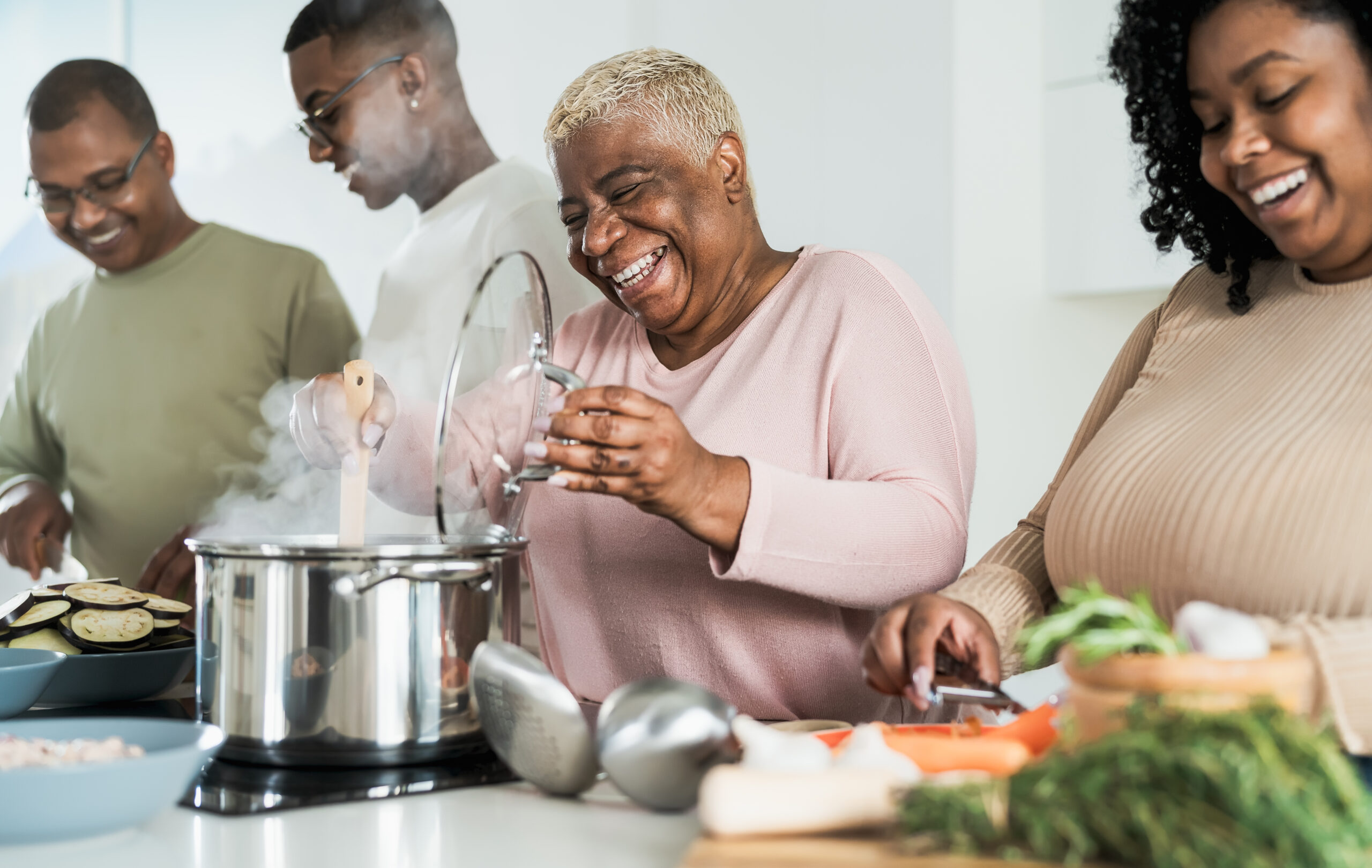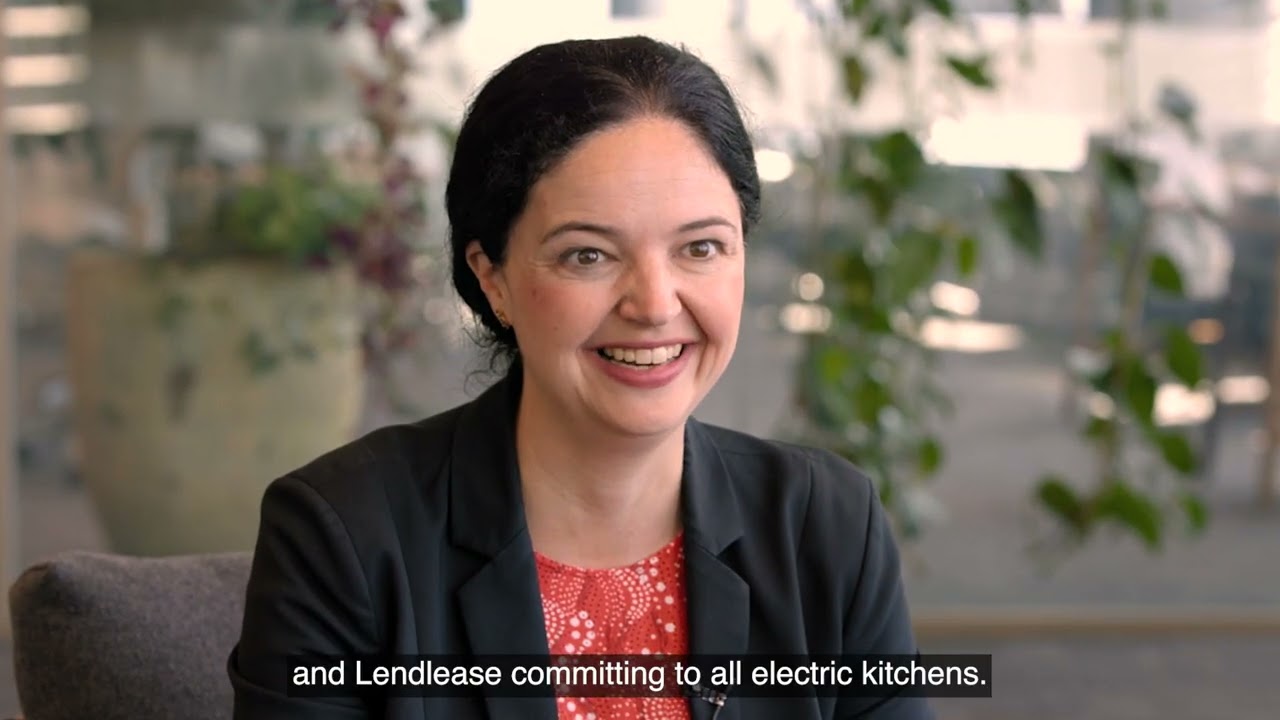The negative health impacts of gas are compounded by gas’ impact on the global climate. Methane is the primary component of gas, and as stated by Harvard University, “methane has more than 80 times the warming power of CO2 in its first 20 years in the atmosphere, setting the pace for near term warming.”
According to the International Energy Agency’s (IEA) World Energy Outlook, cooking resulted in 498 Mt of CO2 emissions in 2020. The agency does not attribute these emissions to individual fuels, but given the dominant use of gas and LPG in cooking globally, these fuels are likely responsible for a significant proportion of these emissions.*
The 498 Mt of CO2 emissions generated by cooking in 2020 is roughly equivalent to the total CO2 emissions of Australia.
However, this emissions footprint is the tip of the iceberg.
A Stanford University-led study showed that 75 percent of methane leaking from gas cooking happens when the stoves are off. So current emissions estimates for gas cooking fail to account for indoor “fugitive” emissions.
Footage of electric pressure cooking in Kenya courtesy of CLASP
Find out more here.
*Note that due to the approach to carbon accounting adopted by the IEA, emissions from biomass combustion are not included in this total.





